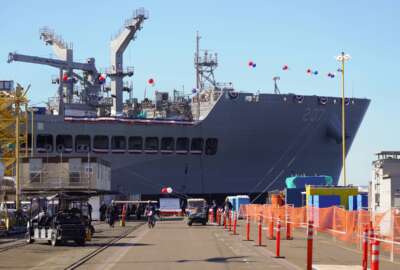The implications of “Cloud First” & “Shared First”
Davis Johnson, vice president, head of US Public Sector, Riverbed, joins host John Gilroy to discuss how his company can help federal IT professions deploy new ...

Our guest today is Davis Johnson, vice president, head of US Public Sector from Riverbed. Everyone reading this knows of the federal initiatives like “Cloud First” and “Shared First.” What most don’t realize is the implications that those simple four words mean. Moving to the cloud means that one has to take an audit of your system and then adjust to make sure applications perform well after the change.
A good place to start is Riverbed. 97% of the Fortune 100 use tools that Riverbed provides. They help federal information technology professionals quickly deploy new services and reduce mistakes when deploying existing services.
Another catch word in the federal government is the concept of Software Defined Networks, or SDN. These allow flexibility in moving to the cloud that didn’t exist in hardware-based systems. If you take that concept to the next level, the Wide Area Network (WAN), then you have a concept where you have a SDN operating on a SD-WAN.
During the interview, Johnson avoids much of the jargon and focuses in giving listeners a better understanding of managing networks that include broadband, Internet, cellular, as well as Multiprotocol label Switching (MPLS).
Copyright © 2024 Federal News Network. All rights reserved. This website is not intended for users located within the European Economic Area.






